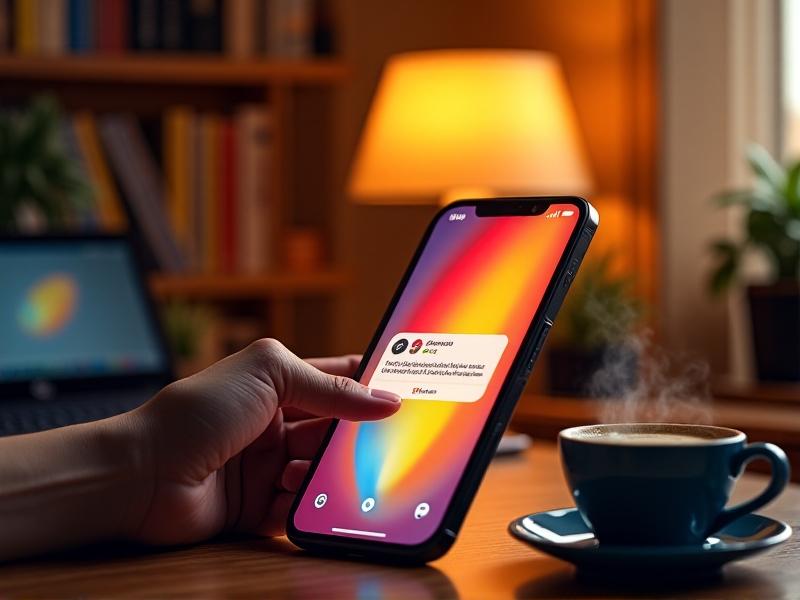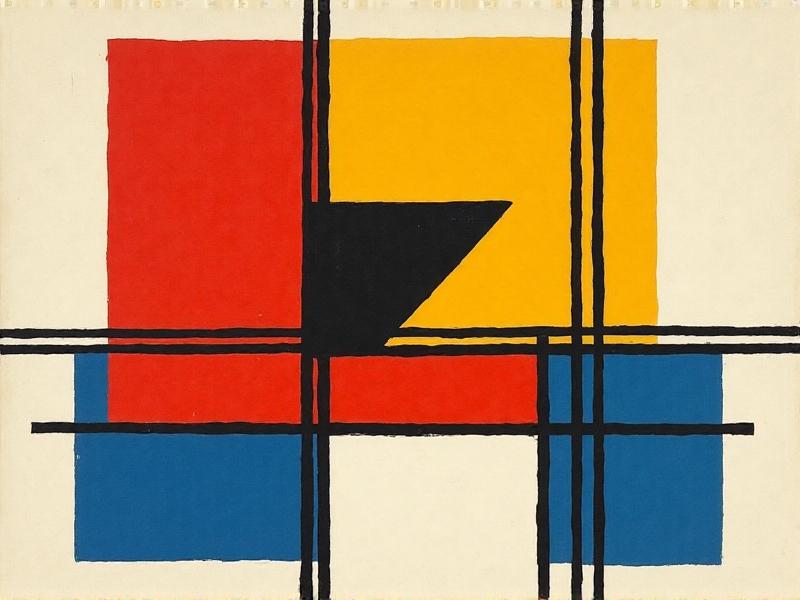Digital Marketplace Mastery: Photography Secrets That Sell
The Power of Visual First Impressions
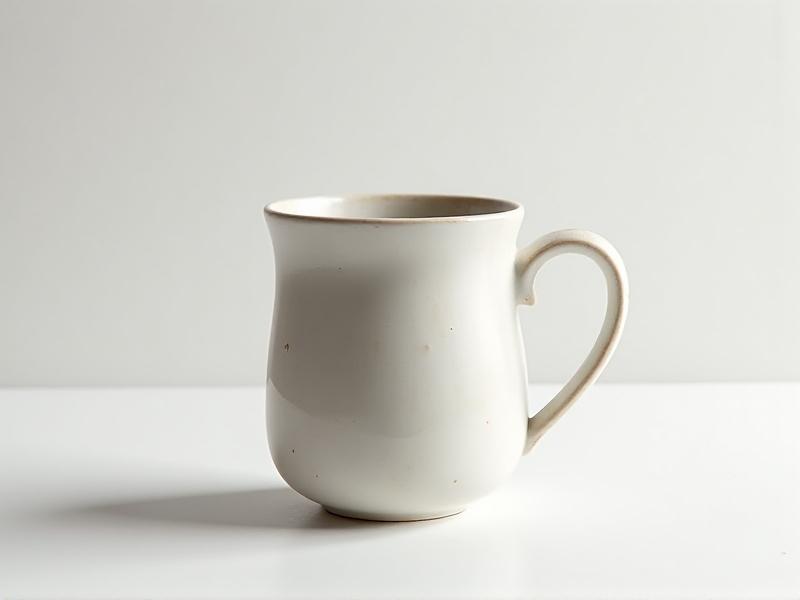
In the digital marketplace, your photographs are the silent salespeople working around the clock. Studies show that consumers form an opinion about a product within 50 milliseconds of viewing an image. Blurry, poorly lit, or cluttered shots can deter potential buyers instantly. Invest in high-resolution equipment or hire a professional photographer to ensure crisp details and accurate color representation. A clean background—like a white sweep or muted texture—keeps the focus on the product. For example, a jewelry seller increased sales by 40% after switching from smartphone snapshots to studio-quality images. The lesson? Quality visuals aren’t an expense; they’re an investment.
Lighting Techniques That Elevate Your Product Shots
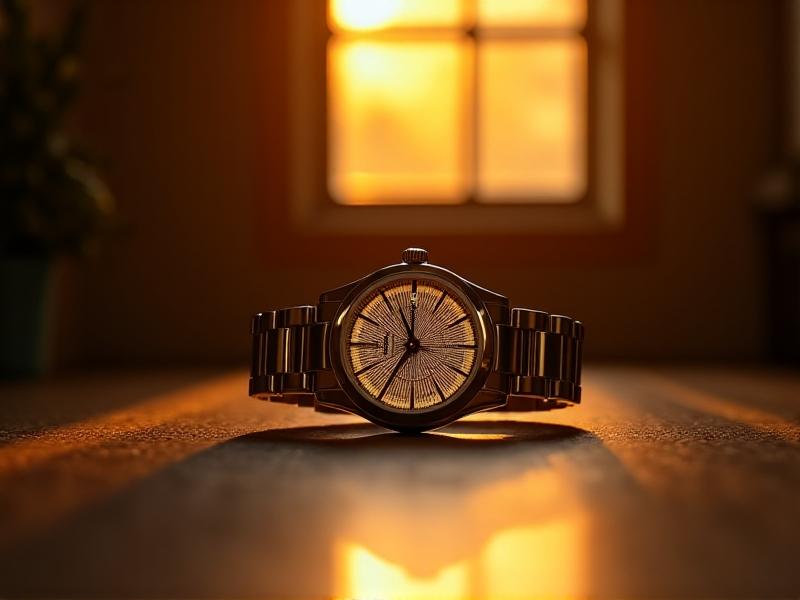
Lighting can make or break a product image. Natural light is ideal for authenticity—shoot near a window during golden hour for warm, diffused illumination. For controlled environments, use a three-point setup: key light for primary exposure, fill light to soften shadows, and backlight to separate the subject from the background. Experiment with angles—side lighting emphasizes texture (think knitted scarves), while front lighting suits flat-lay items like stationery. Avoid harsh flashes that create glare; instead, diffuse light with softboxes or DIY solutions like parchment paper. A food photographer might use backlighting to make a cake’s glaze glisten, while a gadget seller could employ soft, even lighting to highlight sleek design.
Composition Rules for Captivating Product Photos
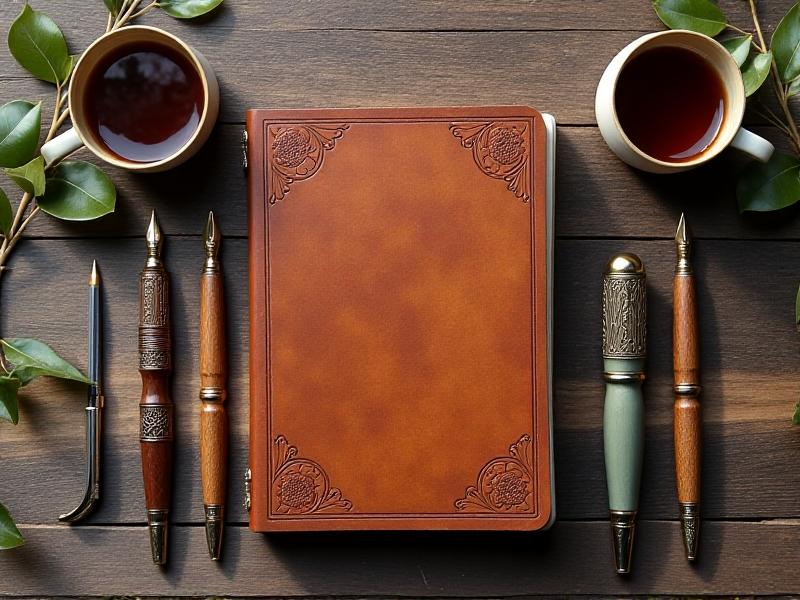
Strong composition guides the viewer’s eye and tells a story. Use the rule of thirds—place your product off-center for dynamic balance. Leading lines, like a diagonally placed scarf, add movement. Negative space gives breathing room, especially for minimalist brands. For lifestyle shots, incorporate contextual props: a vase of fresh flowers beside linen napkins, or hands modeling a bracelet. Depth-of-field techniques, like a blurred background (achieved with a wide aperture), draw attention to specific features. One artisan increased engagement by 70% by switching from isolated product shots to styled scenes that evoked a “cottagecore” aesthetic. Remember: composition isn’t just about aesthetics—it’s visual storytelling that answers, “Why should I care?”
Post-Processing Magic: Editing for Professional Polish
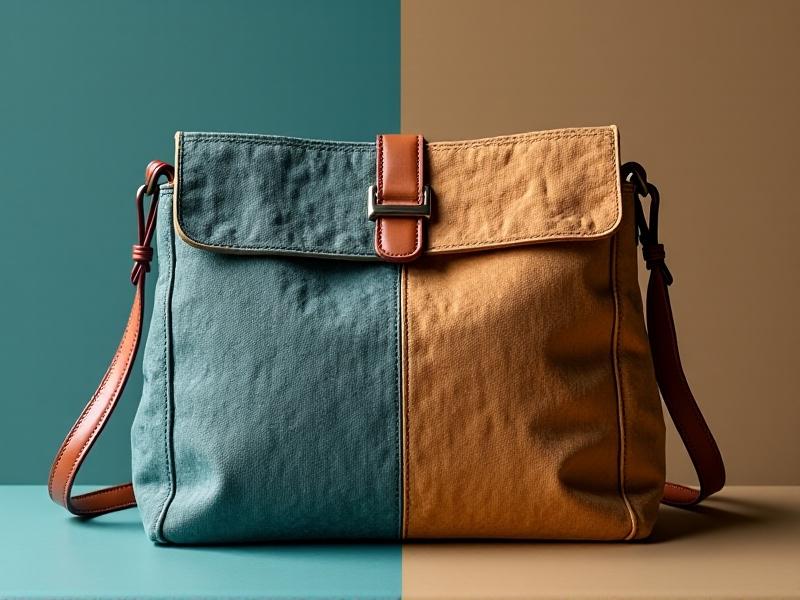
Even perfect shots need tweaking. Start with basic adjustments: correct exposure, white balance, and contrast. Use cloning tools to remove dust or imperfections—critical for reflective items like glassware. For consistency across a catalog, create presets in Lightroom or Capture One. Avoid over-saturating colors; subtlety is key. Retouch skin in model shots ethically—preserve natural textures while reducing distractions. A furniture seller might use perspective correction to ensure tables appear perfectly rectangular. Export images in appropriate formats: JPEG for web, PNG for transparency. One pro tip: zoom to 100% to check edge sharpness. Over-editing screams amateur—aim for enhancements that feel invisible.
Storytelling Through Photography: Creating Emotional Connections
Products solve problems, but emotions drive purchases. Use photography to answer, “How will this improve my life?” A camping tent shot under starry skies whispers adventure; a skincare serum photographed with dew droplets promises rejuvenation. Show products in use: hands pouring tea from a ceramic pot, or feet lounging in fuzzy socks. Seasonal themes (pumpkins for fall, pastels for spring) keep galleries fresh. User-generated content builds trust—feature customer photos in your listings. A pet brand increased conversions by 35% by replacing stock images with real dogs playing with their toys. Every image should whisper, “This is for you.”
Optimizing Images for Different Digital Platforms
Each platform has unspoken rules. Amazon demands pure white backgrounds (RGB 255,255,255) and minimum 1000px resolution. Instagram favors square or vertical formats with bold colors—use carousels to showcase details. Etsy buyers love process shots: a weaver at their loom, or ingredient close-ups for skincare. Pinterest prefers high-contrast vertical images (2:3 ratio). Compress files to balance quality and load speed—Tools like TinyPNG help. Alt text isn’t just for accessibility; it’s SEO gold. Describe images thoroughly: “handmade walnut cutting board on marble countertop with herbs and chef knife” instead of “kitchenware_01.jpg.” Test thumbnails at 10% size—if they’re unclear, simplify the composition.
Case Studies: Successful Photographers in the Digital Marketplace
Take inspiration from those who’ve cracked the code. Studio Loho, a jewelry brand, tripled sales by adopting dark, moody shots with dramatic lighting that highlighted gemstone brilliance. Conversely, eco-friendly brand GreenRoots uses bright, airy photos with natural textures (wood, linen) to reinforce their earthy ethos. Photographer Mia Chen attributes her 50K Etsy sales to consistency—every product features a signature teal backdrop and 45-degree angle. Analyze competitors’ top-performing listings. What colors dominate? How do they style props? Emulate, then innovate. Success leaves clues.
Building a Brand Through Consistent Visual Identity
Consistency breeds recognition. Define your visual DNA: color schemes, lighting style, props, and editing filters. Luxury brands might opt for dark backgrounds and gold accents; a kids’ brand could use bright colors and playful angles. Create a style guide documenting these choices. Use the same backdrop for all product cutouts. Apps like Canva help maintain uniformity. A tea company saw a 25% repeat customer increase after standardizing their imagery to always show mugs steaming beside loose-leaf tins. Audit your gallery quarterly—does every image feel like part of the same family? Inconsistencies confuse buyers; cohesion builds trust.



